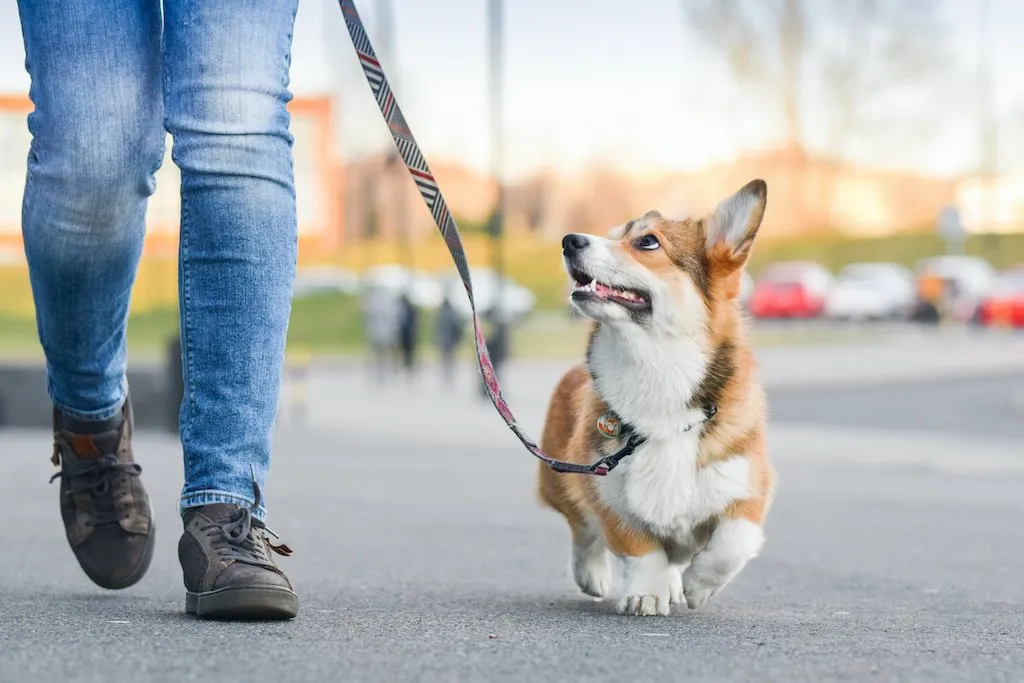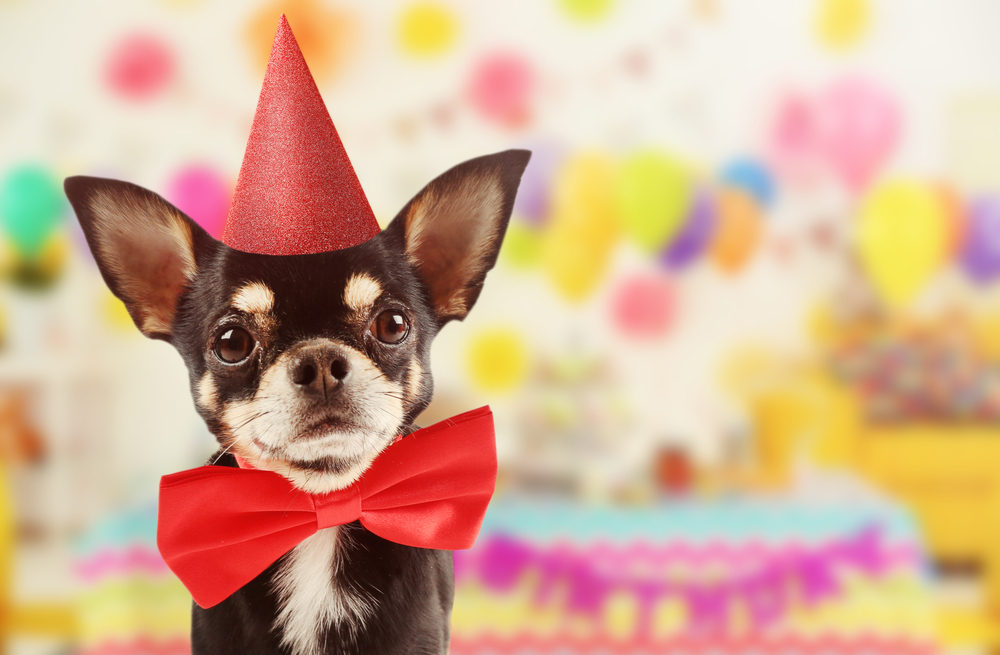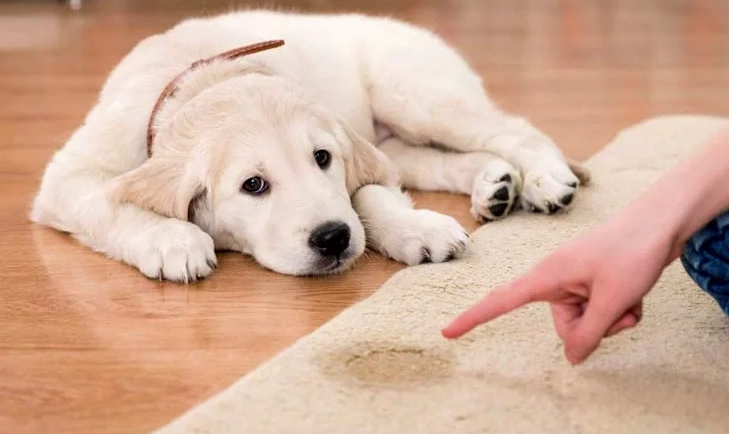150Views

Unleashing Potential: A Guide to Puppy Leash Training Success
Welcome to the exciting world of puppyhood! Leash training is a fundamental skill that fosters a strong bond between you and your furry friend, promotes safety, and unlocks enjoyable walks together.
While it might seem daunting at first, with patience, positive reinforcement, and these helpful tips, you and your pup can master the art of leash walking in no time.
Early Start & Positive Vibes:
Begin training early:
As soon as your puppy receives their vaccinations, start acclimating them to the leash and collar in a relaxed, playful environment. Reward calm behavior with treats and praise.
Positive reinforcement is key:
Reward desired behaviors like walking by your side, focusing on you, and responding to cues. Avoid harsh corrections or punishments, as these can create fear and hinder progress.
Short, frequent sessions:
Puppies have short attention spans. Keep training sessions fun, engaging, and under 10 minutes, gradually increasing duration as your pup progresses.
Mastering the Basics:
Lure and reward: Use treats to gently guide your puppy into the desired walking position beside you. Reward them when they maintain that position.
Loose leash walking: The leash should be slack, not taut. If your puppy pulls, stop walking, wait for them to calm down, and resume only when they’re back by your side. Reward loose leash walking to encourage it.
Distraction management: Start in quiet, low-distraction areas. Gradually introduce busier environments while rewarding focused attention on you.
Leash training Common Challenges:
- Pulling: Avoid yanking the leash, as this can create resistance. Stop walking, lure your puppy back with treats, and resume only when they’re walking calmly beside you.
- Chewing the leash: Redirect chewing with appropriate chew toys and reward them for leaving the leash alone.
- Fear or anxiety: If your puppy exhibits fearfulness on walks, seek professional guidance from a qualified dog trainer or behaviorist.
Additional Tips For Puppy Leach Training:

- Choose the right equipment: Ensure a comfortable, well-fitting harness or collar and a sturdy leash appropriate for your puppy’s size.
- Practice good leash manners indoors: Use a short leash inside to teach basic commands like “heel” and “stay.”
- Socialization is key: Expose your puppy to different people, places, and experiences in a positive way to build confidence and prevent leash reactivity.
- Celebrate milestones: Acknowledge your pup’s progress with praise, treats, and extra playtime to keep them motivated.
Remember: Consistency, patience, and positive reinforcement are key to successful puppy leash training. By following these guidelines and seeking professional help if needed, you can cultivate a joyful, well-mannered walking companion for years to come!
Disclaimer: This article provides general information only and is not a substitute for professional veterinary or dog training advice. Always consult a qualified professional for personalized guidance tailored to your unique puppy’s needs and well-being.
What age should you start leash training a puppy?
While you can begin introducing your puppy to the concept of a leash and collar as early as you bring them home (usually around 8 weeks old), most recommend starting formal leash training between 10-12 weeks old. This timeframe coincides with several key factors:
- Vaccinations: Puppies typically complete their core vaccinations around this age, making it safe for outdoor walks where leash training usually takes place.
- Attention Span: Pups develop longer attention spans by 10-12 weeks, making training sessions more productive.
- Motor Skills: By this age, puppies have better control over their movements, making learning leash skills easier.
- Basic Commands: They often grasp simple commands like “sit” and “stay” by this point, which can be incorporated into leash training.
However, remember that each puppy develops at their own pace. Here are some additional factors to consider:
- Breed: Some breeds mature faster than others, impacting their readiness for leash training.
- Temperament: Consider your puppy’s personality and energy level. Shy or easily overwhelmed puppies might benefit from starting indoors or in quiet areas.
- Confidence: A confident and adaptable puppy might handle early leash training well, while a more timid one might need more time to adjust.
Ultimately, the best age to start depends on your individual puppy’s development and comfort level. Consult your veterinarian or a qualified dog trainer for personalized advice on when to begin leash training your furry friend.
How long does it take for a puppy to get used to a leash?
The time it takes for a puppy to get used to a leash varies depending on several factors, including:
- Age: Younger puppies need more frequent training.
- Breed: Some breeds adapt faster than others.
- Temperament: Confident puppies learn quicker.
- Training methods: Positive reinforcement and consistency are key.
- Environment: Start in quiet areas and gradually increase difficulty.
Overall, expect it to take anywhere from a few weeks to several months.


